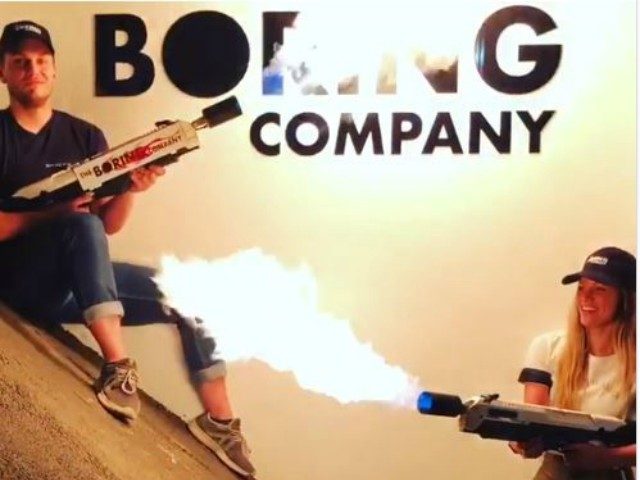Washington, DC, has issued the Boring Company its first commercial drilling permit for a Hyperloop tunnel that CEO Elon Musk promises will eventually offer a 29-minute service to downtown New York City.
The drilling permit follows Musk’s July tweet that he had “verbal government approval” to build a DC-New York Hyperloop tunnel. Boring Company’s parent, SpaceX, announced in October that it had received official State of Maryland approval as a utility to dig a 10.1-mile tunnel under the state-owned portion of the Baltimore-Washington Parkway.
The 224.9-mile journey from DC to New York by car is currently estimated to take 3 hours and 52 minutes. But that time-period is a 24-hour average. The trip can take much longer during the commuter rush hours from 6 to 9 a.m. and from 3 to 7 p.m. There are commuter service flights between DC and New York that only take 1 hour and 25 minutes. But trips will take at least 4 hours with security, check-ins, and travel to and from downtown locations.
The Boring Company has been testing its commercial tunneling drill at Musk’s SpaceX headquarters in Los Angeles. Nicknamed “Nellie,” the 400-feet long boring machine weighs 1,200 tons.
Hyperloop’s website acknowledges the costs of boring for one mile can run as high as $1 billion. But Musk promises that The Boring Company’s goal “is increasing tunneling speed and dropping costs by a factor of 10 or more.” Since there is an unlimited underground tunnel layering capacity, Musk claims, “Fast to dig, low cost tunnels would make Hyperloop adoption viable for rapid transit across densely populated regions.”
The pneumatic tube technology behind Hyperloop goes back to 1836. It was commercialized in the 1850s when John Latimer Clark was issued a patent “for conveying letters or parcels between places by the pressure of air and vacuum.” There are still active systems that speed messages and cash around buildings at 60 miles per hour.
The Hyperloop system plans to move humans in vacuum tubes at speeds of 700 miles per hour. The Verge reported that the Hyperloop One test pod achieved the equivalent speed of a rocket traveling in the ionosphere about 38 miles above the Earth, or about 5 times higher than the top altitude for a commercial jet.
By leveraging the ultra-low energy use operating costs of near-zero-resistance vacuum, Musk proposes to disruptively sell “transportation-as-a-service” at much quicker speeds and at a fraction of current costs for trains, planes, and automobiles.
If Hyperloop can maintain its special treatment as a common carrier utility under both federal and state regulatory structures, the company should be able to gain the public right-of-way relatively quickly, and then secure construction permits for subterranean drilling under public roadways and public lands.
Musk’s private sector rapid roll-out of Hyperloop is becoming an existential threat to California’s High-Speed Rail project, which was approved by voters as Proposition 1A in 2008. Breitbart News recently noted that after a decade, the government-run bullet train has blown through its $6 billion of funding and not completed even one mile of track.
The latest cost estimate for building the first 119 miles of the supposed bullet train across flat ground in the California’s Central Valley has spiked to $89.1 million per mile. Ticket price estimates for the L.A.-to-San Francisco link are expected to be higher than the average airplane ticket, and the journey is expected to take three times longer.

COMMENTS
Please let us know if you're having issues with commenting.